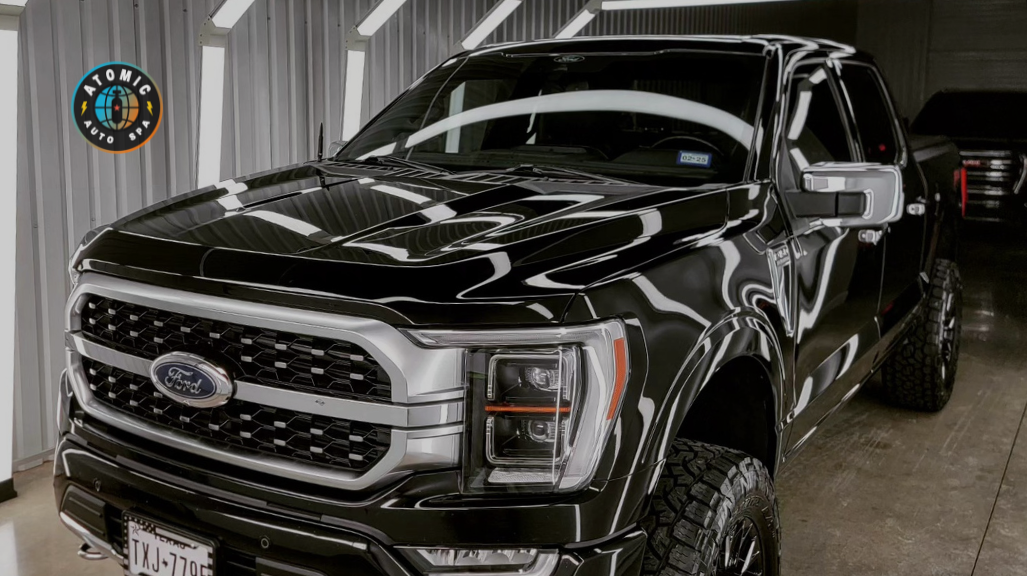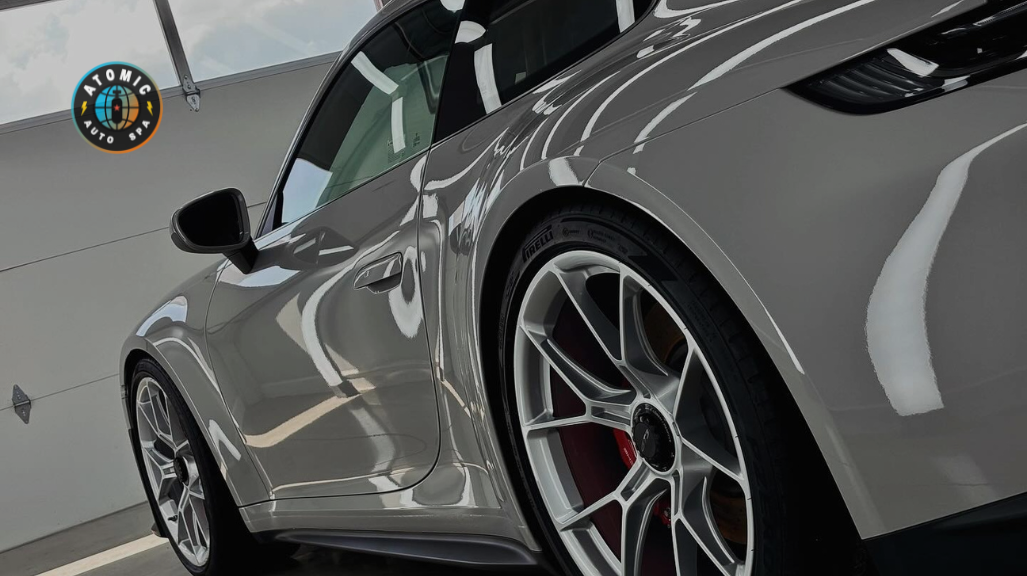What is the darkest legal tint in Texas?
Car window tinting is a popular choice among car owners for enhancing privacy, reducing glare, and protecting against UV rays on their car windows. However, each state has its regulations governing how dark your tint can be. In Texas, these laws are in place to ensure safety for drivers, passengers, and law enforcement. Understanding the darkest legal tint in Texas is crucial to staying compliant and avoiding fines. This guide will walk you through Texas’ tinting laws, including permissible tint levels, exceptions, and frequently asked questions.
What is the Darkest Legal Tint in Texas?
The Texas window tint law regulates the percentage of Visible Light Transmission (VLT) allowed through your car’s windows. VLT refers to the amount of light that passes through your car windows. A lower VLT percentage means a darker tint.
Legal Tint Levels in Texas:
|
Window Type |
Minimum VLT Allowed |
Additional Requirements |
|---|---|---|
|
Windshield |
25% (above the AS-1 line) |
Must allow light transmittance; no reflective tints. |
|
Front Side Windows |
25% |
Cannot have more than 25% front side window tint darkness. |
|
Back Side Windows |
Any darkness allowed |
Dual side mirrors required for darker tints. |
|
Rear Window |
Any darkness allowed |
Dual side mirrors required for darker tints. |
Why Does Texas Have Window Tint Laws?
Window tint laws exist to ensure road safety and visibility for everyone on the road. Key reasons include:
Driver Visibility: Prevents excessively dark tints that might obstruct the driver’s ability to see clearly, especially at night or in low-light conditions.
Law Enforcement Safety: Ensures that officers can see inside vehicles during traffic stops for their safety.
Law Enforcement Vehicles: These vehicles are exempt from standard restrictions that apply to civilian vehicles.
Public Safety: Promotes uniform standards to reduce accidents caused by limited visibility.
Medical Exemptions for Tinting in Texas
Texas allows certain medical exemptions for individuals who require darker tints due to medical conditions. To qualify, you must:
Obtain a signed statement from a licensed physician or optometrist.
Carry documentation in the vehicle at all times.
Common conditions that may qualify include:
Photosensitivity disorders.
Autoimmune conditions aggravated by sunlight.
Medical exemptions allow a lower VLT percentage for both front and side windows but must comply with documentation requirements.
Consequences of Violating Texas Tint Laws
Non-compliance with Texas tinting laws can result in penalties, including fines and citations for Texas window tint violations:
Fines and Citations: Violations can result in fines ranging from $100 to $250 per offense.
Inspection Failures: Vehicles with illegal tint may fail annual state inspections.
Repeat Offenses: Multiple violations can lead to higher fines and potentially other legal consequences.
To avoid these issues, always ensure your vehicle’s tint meets legal standards.
Benefits of Staying Compliant with Tint Laws
Adhering to Texas tint laws offers several benefits:
Avoid Fines: Compliance ensures you won’t face penalties or citations.
Enhanced Safety: Legal tint levels maintain optimal visibility while driving.
Tint Reflection: Legal tint levels help reduce glare and heat by reflecting incoming light, enhancing driving comfort and safety.
Protection Without Risk: Enjoy UV protection, heat reduction, and privacy without worrying about legal repercussions.
Vehicle Resale Value: Vehicles with legal tint are easier to sell and transfer ownership.
Frequently Asked Questions
-
No, 5% tint is not legal for the front side windows or the windshield in Texas. However, rear windows and back windows are allowed if the vehicle has dual-side mirrors. Always check local laws or consult a professional installer.
-
Tint violations in Texas typically result in fines ranging from $100 to $250 per incident, highlighting the importance of understanding window tinting laws. Repeated violations may incur higher penalties or additional consequences.
-
Yes, you can apply for a medical exemption if a licensed physician certifies that you have a condition requiring darker tints. Keep the documentation in your car at all times to avoid fines.
-
You can use a VLT meter to measure the amount of light passing through your windows. Many auto shops and tinting professionals offer this service. When measuring windshield tint, ensure that it complies with the specific VLT and reflection requirements set by Texas law.
-
You’ll need to remove or replace the non-compliant tint and have the vehicle reinspected to meet Texas state requirements. Ensure that your windshield tint strip complies with the specific size and VLT requirements to avoid inspection failures.
Understanding and adhering to Texas window tint laws is essential for all vehicle owners to avoid Texas window tint violations. Knowing the darkest legal tint levels and ensuring compliance not only helps you avoid fines but also ensures safety for everyone on the road. If you’re considering tinting your windows, consult a professional service provider to ensure your vehicle meets legal standards.
By staying informed and choosing compliant solutions, you can enjoy the benefits of tinted windows without compromising safety or legality.



